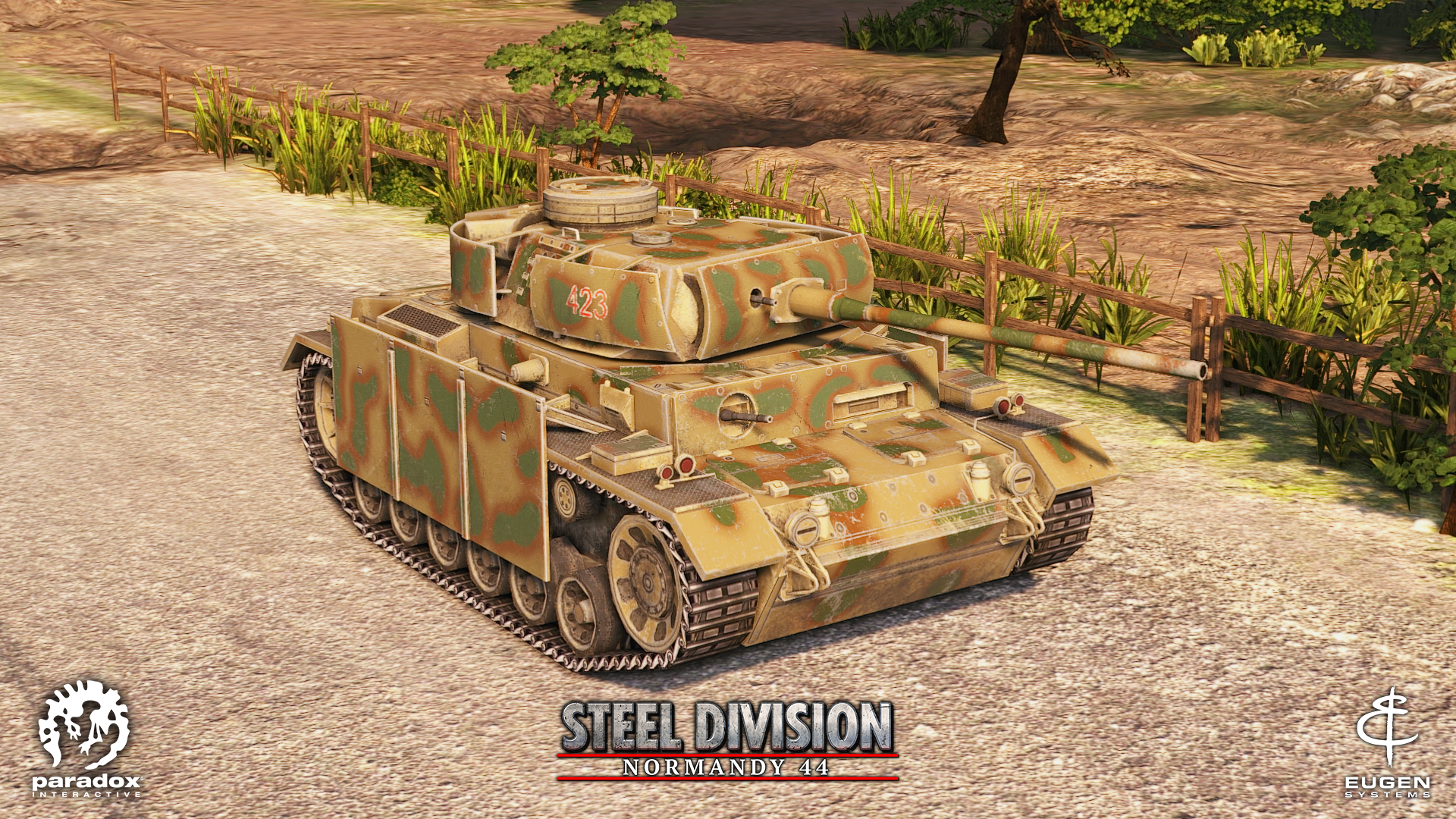
[Divisions] 116. Panzer
Let’s focus today on the youngest German armored division, the 116. “Windhund” Panzer-Division.
FORMATION
The 116. Panzerdivision was created as late as March 1944, just three months before D-Day, from remnants of the 16. Panzergrenadier-Division . This division, then 16. Infanterie-Divison (Mot.) had been decimated during the Soviet offensive around Stalingrad and, although upgraded to Panzergrenadier status, had never really recovered from its losses. Ordered back in Germany for refitting, what was left of 16. Panzergrenadier was converted to a full-fledged Panzerdivision by merging with the recruits from 179. Reserve-Panzer-Division, a training/replacement unit.
The new armored division retained its ancestor’s coat-of-arms & nickname, the Windhund (Greyhound), and commander, Generalleutnant Gerhard Graf (count) von Schwerin. It didn’t retain its number though, for there was already a 16. Panzerdivision in existence.
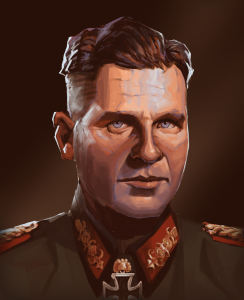
Gerhard Graf von Schwerin
Quickly moved to Pas-de-Calais, in Northern France, where the Allied landing was expected, to complete its organization and training, 116. Panzer wasn’t ordered to march to Normandy until late July. Not only did Hitler still believe that the main landing would take place there, but the division was still incomplete: it was missing one-third of its theoretical transportation trucks and even some armored personnel carriers for its Panzergrenadiers. Even worst, the division had no heavy AA guns at all and its Panther battalion was still training in Germany: when ordered to the front, the Windhund-Division had to borrow the one from 24. Panzerdivision which was in training nearby, yet also incomplete.
On the other hand, the division brought to war all the tank school’s vehicles it was supposed to leave behind and pass to other training units. Mostly obsolete Panzer III tanks which actually found a second life in the Normandy bocage, where they proved more at home than the heaviest cats, being more maneuverable thanks to their size and less handicapped by their small caliber gun due to the short ranges of engagement.
NORMANDY
The 116. Panzer only moved toward Normandy on July 18th, crossing the Seine on July 20th with its forward elements reaching their assembly area South-East of Caen around July 24th. Four days later, on July 28th, the Americans launched Operation Cobra and the Windhund-Division was moved further West. The next day, while moving to their new assembly area near Vire, the division suffered its first of many allied air attacks, killing the Panzer IV’s battalion commander. On July 30th, 116. Panzerdivision attacked, meeting the Americans head-on and preventing the US 2nd Armored Division from advancing. But its own offensive stalled almost right from the beginning.
Forced to a defensive stance, the 116. Panzerdivision was selected to take part in the fateful Operation Lüttitch, more commonly referred to as the Mortain counter-offensive. This grand operation, the death throes of the Panzerwaffe in Normandy, brought four, or parts of, Panzerdivisions (1. & 2. SS-Panzer, 2. & 116. Panzer) together to strike West in the direction of Avranches. Should they reach the coast there, they would isolate Patton’s Third Army. No less.
But Operation Lüttitch was doomed from the start. During the night of August 6th-7th, hoping to achieve surprise, the Germans attacked without preliminary artillery barrage. Yet the Allies were informed of the offensive by ULTRA, the Enigma code-breakers at Bletchley Park. The elite 2. Panzer achieved some successes nonetheless, but 116. Panzer was stopped immediately. Its commander, von Schwerin, was temporarily relieved of command on August 7th for his inaction and replaced by Oberst Rheinardt, and its (borrowed) Panther battalion transferred to 2. Panzer to renew the attack. But after two days, the offensive was brought to a halt. Hitler then ordered the 9. Panzer, the only unit left able to check Patton’s spearhead (US 5th Armored & French 2e DB) from driving South around the German Seventh Army position, to be transferred North to reinforce the attacking forces. In vain.
By August 13th, the German offensive was not only stopped but being rolled back by the American counter-offensive. On the 16th, the Germans were fleeing East, toward Falaise, trying to escape the trap they had contributed so much to build around them. What remained of the Windhund dissolved in the Seventh Army‘s retreat and, on August 22nd, 116. Panzer‘s armored fist was reduced to 15 tanks, 3 StuGs & 3 SPG more or less operational, which had successfully escaped the Falaise pocket.
On August 23rd, von Schwerin was placed back in command of what was left of the division.
AFTER NORMANDY
116. Panzer retreated to the Schnee Eiffel area, at the German border, amalgamating Luftwaffe fortress units, some Panther reinforcements and even a train-load of Tiger tanks which the division happened to discover unattended … and thus commandeered. Back to a strength of 11.500 men & 41 tanks on September 1st, the division wasn’t left idle for long: it was sent back to the front on September 13th, at Aachen, with the mission to prevent this symbolic (first) German city to fall into American hands. But Schwerin saw no point in having the ancient city destroyed and planned to surrender it as an open city. His plan was foiled by the arrival of untimely German reinforcements and new orders to counter-attack the Americans already entering the city. Even worse, the letter he had written to his American counterpart had been seized by German security services and ended up on Hitler’s desk. Others would have been shot for treason for that, but Schwerin was well-connected and was only stripped of his command, being replaced by Oberst von Waldenburg.
Under the latter’s command, the division was brought back in Düsseldorf to receive reinforcements, then successfully fought in the Hürtgen Forrest, spearheading the recapture of Schmidt. Pulled out once again, it was given a brief respite before being committed in the failed Operation Wacht am Rhein, more commonly known as the Battle of the Bulge, in December 1944. Once again decimated, it retreated in the Ruhr Valley, where most of the division surrendered to the Americans on April 18th, 1945, although some isolated elements kept fighting in the Harz mountains for another two weeks.
THE 116. PANZER INGAME
True to its emblem, the Greyhound, the 116. Panzer is a very strong division in Phase A with, unlike most German armored division, a swarm of fast light vehicles and light tanks.
Thanks to its “commandeered” training tanks and a strong early game economy, 116. Panzer can field enough of the old Panzer III, now a light tank by any standards, to be more than a match for the Allies’ Stuarts. It also relies on a strong armored reconnaissance battalion, being among the first one equipped with the powerful SPW 234/3 in addition to the SPW 234/1.
Although the new Jagdpanzer IV wasn’t yet available to the division when moved to Normandy, the Ostkampfer brought with them some of their old trusty Marder III. Windhund also fields a lot of early game fire support vehicles, including Flammpanzer 251/16 half-tracks and enough autocannons to be awarded the appropriate seal of approval …
With each passing phase, the division gets better equipment, from Jagdpanzer IV to Panzer IV H & Panther G, although its economy tends to stale compared to other divisions.
Yet, with one of its two Panzergrenadier-Regiments still fighting in the East, and the other one still recompleting, Windhund is short of infantry when sent to battle and can’t afford meatgrinders: better avoid towns than lose your rare and precious infantry there!
Another of the division’s shortcoming is the lack of anti-aircraft artillery, air defense being only left to company self-propelled guns.

![rick-atkinson-guns-at-last-light-german-attack-at-mortain[1]](https://eugensystems.com/wp-content/uploads/2017/07/rick-atkinson-guns-at-last-light-german-attack-at-mortain1.jpg)
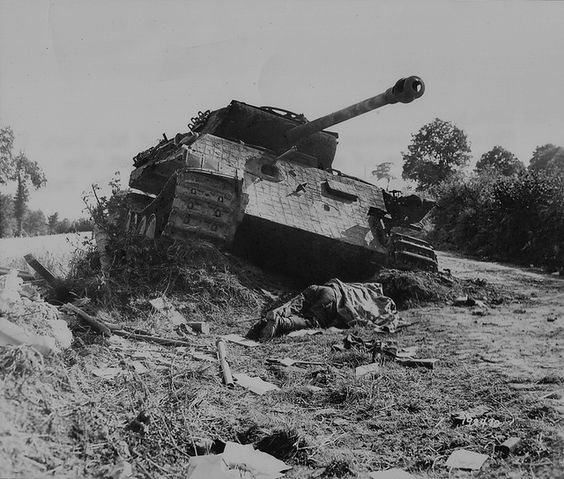
![jcMiVb8[1]](https://eugensystems.com/wp-content/uploads/2017/07/jcMiVb81-300x183.png)
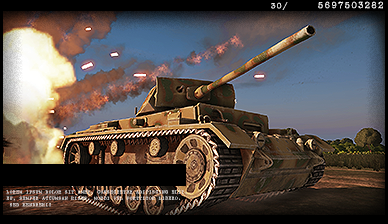
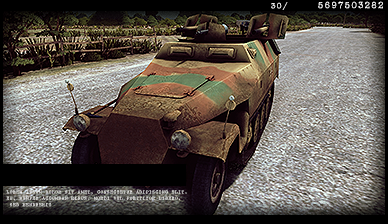
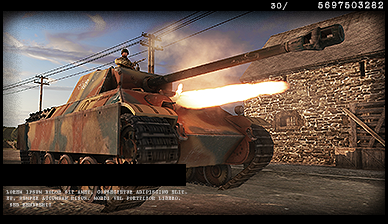

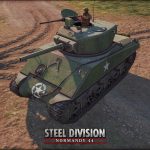
No Comments